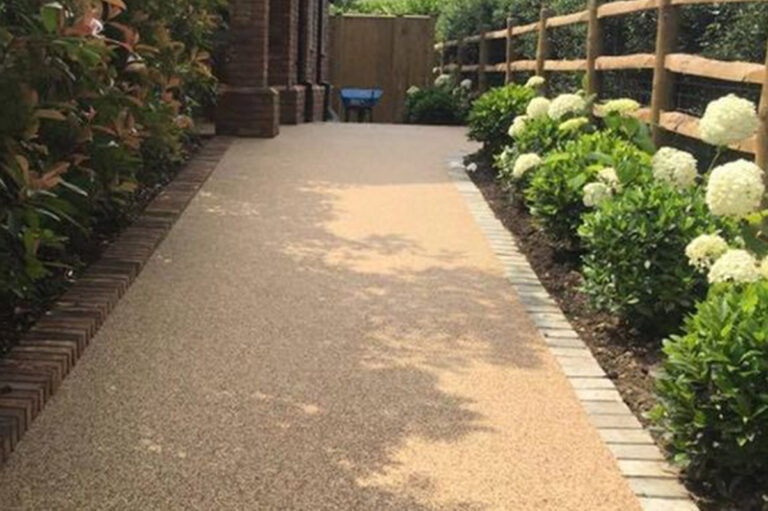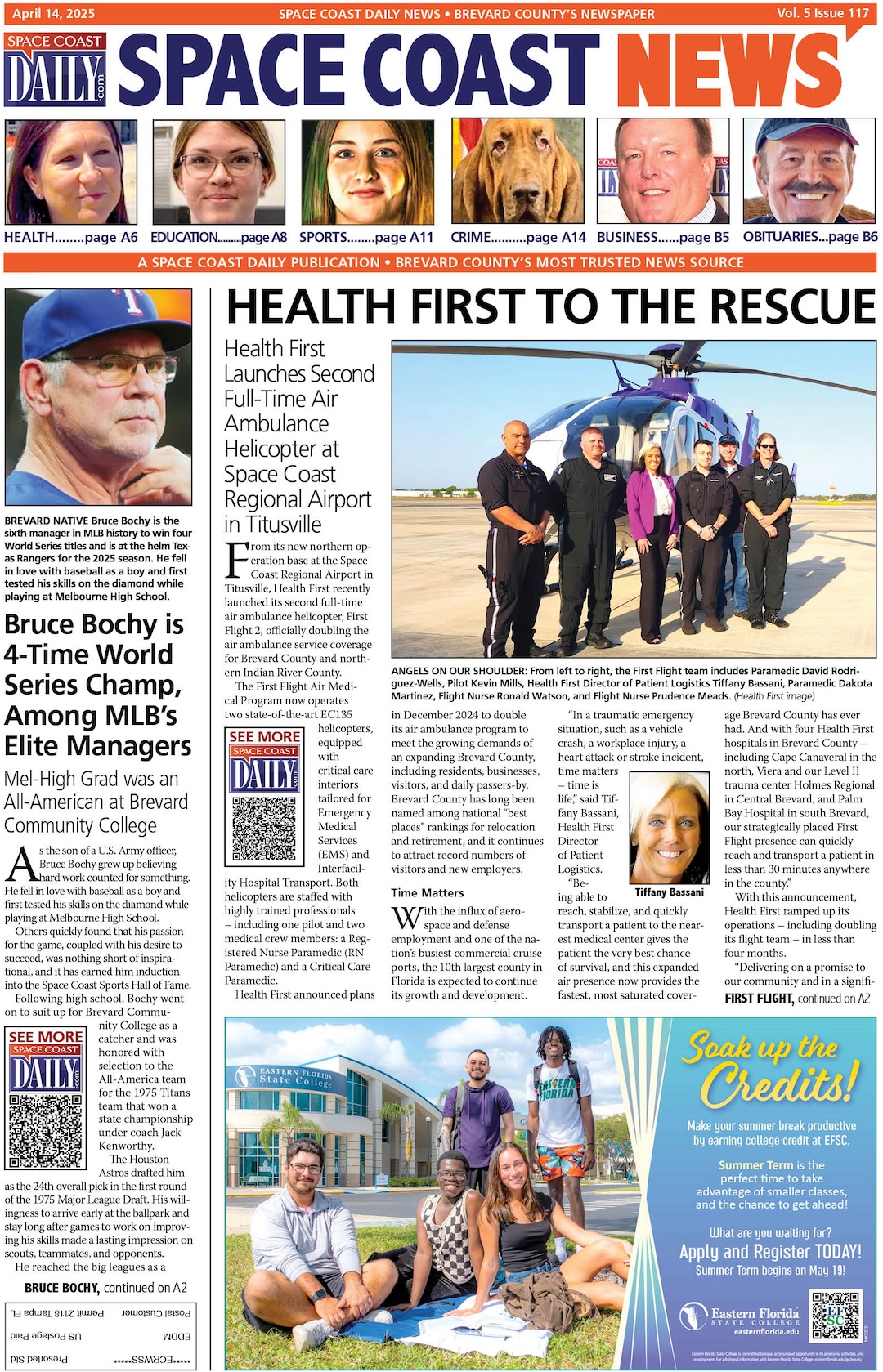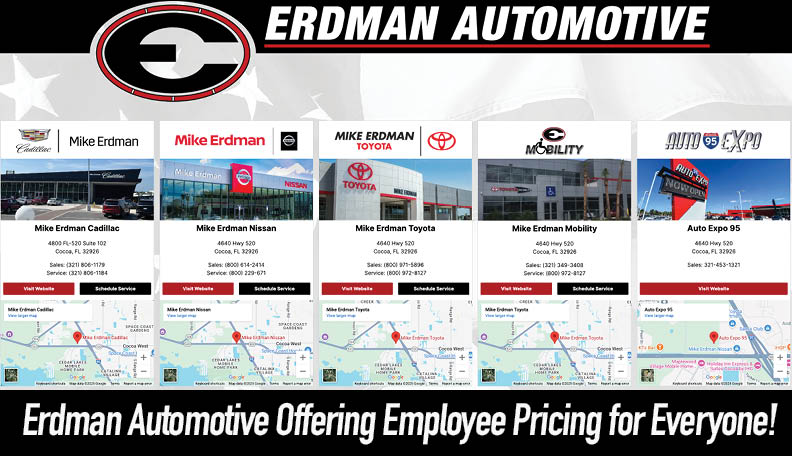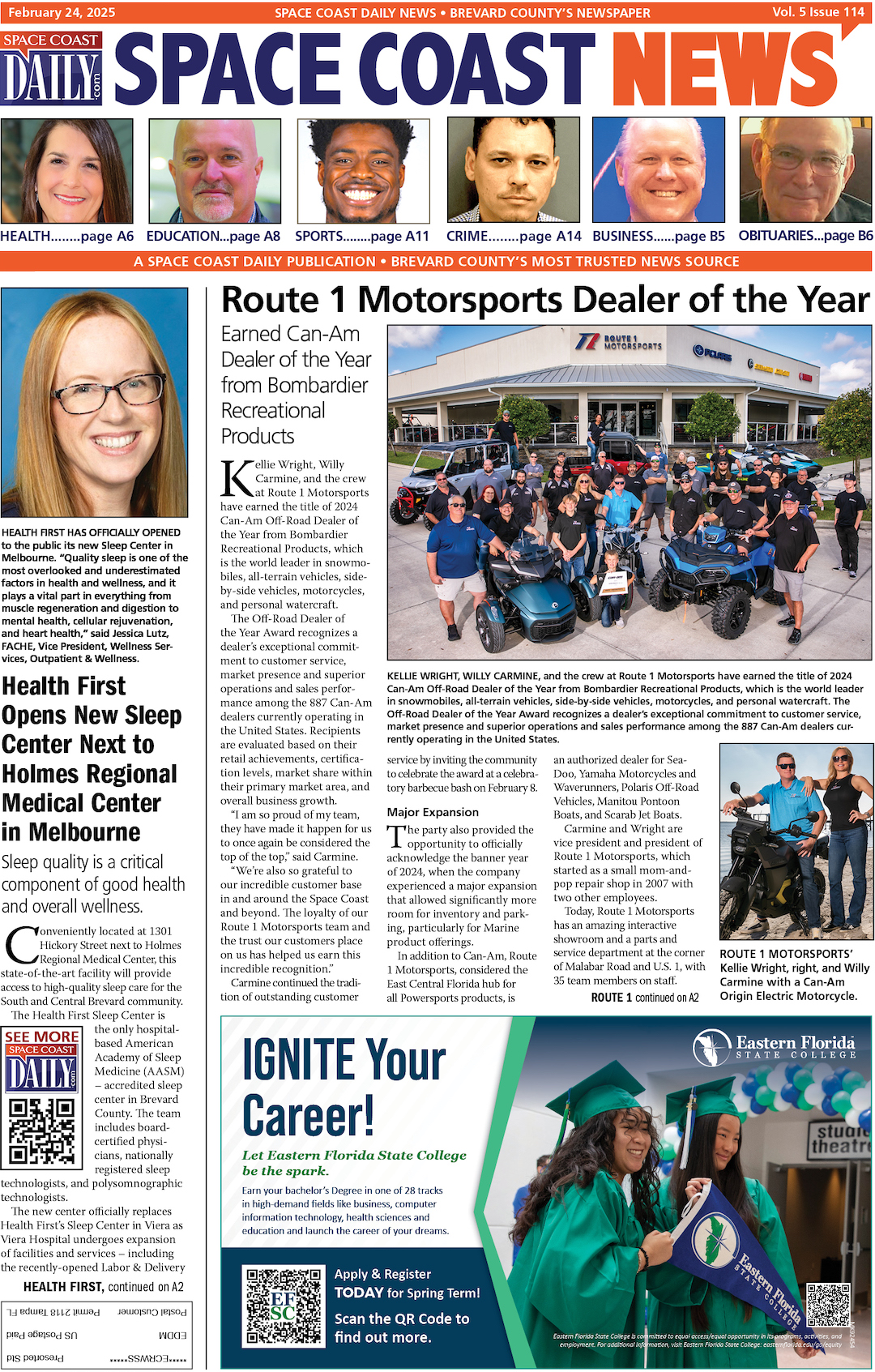Is Poured Rubber More Cost-Effective Than Concrete or Asphalt?
By Space Coast Daily // March 21, 2025
Concrete, asphalt, and poured rubber are frequently compared by companies and homeowners when evaluating surfacing alternatives for roads, playgrounds, walkways, or sports fields. Along with durability, upkeep, and environmental effect, cost plays a big role in this choice. The cost-effectiveness of poured rubber vs more conventional materials like concrete or asphalt is examined in this article.
Many rubber flooring experts emphasize that while the cost of poured rubber is initially higher, its benefits in durability, safety, and maintenance savings often make it a cost-effective choice over time. The intended usage, financial limitations, and long-term financial concerns all play a role in selecting the best material.
Understanding Poured Rubber Surfacing
Poured rubber is a seamless, slip-resistant, and impact-absorbing surface made from recycled rubber granules combined with a polyurethane binder. It is commonly used in playgrounds, driveways, and sports facilities due to its safety and flexibility. The installation process involves layering rubber material over a prepared base, creating a resilient and long-lasting surface.
Comparing Initial Installation Costs
One of the first considerations when evaluating surfacing options is the upfront cost.
- Concrete: The cost of concrete installation varies depending on thickness, finishing, and reinforcement. On average, installing a concrete surface ranges from $4 to $15 per square foot, depending on location and complexity.
- Asphalt: Asphalt is generally cheaper than concrete, with installation costs ranging between $3 and $10 per square foot. However, prices fluctuate based on oil prices, as asphalt is a petroleum-based material.
- Poured Rubber: The cost of poured in place rubber surfacing varies depending on thickness and installation complexity. The average cost of rubber surfacing ranges from $8 to $20 per square foot, making it more expensive upfront than asphalt and potentially more costly than basic concrete options.
Long-Term Cost Efficiency
While initial costs are crucial, long-term expenses related to maintenance and durability must also be considered.
- Maintenance Costs: Concrete is prone to cracking and requires periodic sealing and repair, while asphalt needs resealing every few years to maintain integrity. Poured rubber, on the other hand, is highly resistant to weather conditions, UV exposure, and impact damage. Regular cleaning and occasional resealing are the primary maintenance requirements, reducing long-term upkeep costs.
- Durability and Repairs: Concrete can develop cracks due to temperature fluctuations and heavy loads. Asphalt is susceptible to potholes and requires patching. Poured rubber offers a more flexible surface that absorbs impacts, reducing the likelihood of major damage. This flexibility minimizes the need for costly repairs over time.
Safety and Comfort Considerations
Beyond cost, safety and comfort play a significant role in surface selection.
- Shock Absorption: Poured rubber is highly shock-absorbent, making it ideal for playgrounds and areas where slip resistance is necessary. Concrete and asphalt, being rigid surfaces, do not offer the same level of cushioning.
- Slip Resistance: Rubber surfacing provides superior traction, especially in wet conditions. Asphalt can become slippery when wet, and concrete surfaces can be hazardous without additional texturing or coatings.
- Heat Retention: Asphalt absorbs and retains heat, making it extremely hot during summer months. Concrete also retains heat, although less so than asphalt. Poured rubber remains relatively cool, enhancing comfort in warm climates.
Environmental Impact and Sustainability
Sustainability is an increasingly important factor in construction and renovation decisions.
- Recyclability: Poured rubber is often made from recycled tires, making it a more eco-friendly option compared to asphalt and concrete, which require extensive raw material extraction.
- Carbon Footprint: The production of concrete and asphalt releases significant amounts of CO₂. Poured rubber, while still involving some manufacturing emissions, often has a lower carbon footprint due to its use of recycled materials.
- Longevity: Due to its durability and minimal maintenance requirements, poured rubber reduces waste and the need for frequent replacements, making it a sustainable choice.
Cost Comparisons in Real-World Applications
To determine cost-effectiveness, it’s essential to evaluate different use cases.
- Residential Driveways: Concrete and asphalt remain popular due to their lower initial costs. However, poured rubber can be a competitive option for homeowners seeking durability, lower maintenance, and improved aesthetics.
- Playgrounds and Recreational Areas: Poured rubber is often the preferred choice due to its safety benefits, even though the initial investment is higher.
- Commercial Properties: Businesses looking for long-lasting, low-maintenance surfaces may find poured rubber more cost-effective in the long run despite higher upfront costs.
Additional Factors Influencing Cost
Weather Resistance and Climate Considerations
Another factor influencing cost-effectiveness is how well each material withstands different weather conditions. Asphalt is susceptible to softening in extreme heat and cracking in freezing temperatures. Concrete can be affected by freeze-thaw cycles, leading to surface damage over time. Poured rubber, however, remains stable under a wide range of temperatures, making it a better choice for regions with fluctuating climates.
Aesthetic Appeal and Customization
Unlike concrete and asphalt, which have limited customization options, poured rubber comes in a variety of colors and patterns. This flexibility allows homeowners and businesses to create visually appealing designs that match their landscapes or branding needs. While customization might increase initial costs, it can enhance property value and curb appeal, making it a worthwhile investment.
Conclusion: Is Poured Rubber Worth the Investment?
While poured rubber has a higher upfront cost than asphalt and some types of concrete, its advantages in durability, safety, and maintenance often justify the investment. The rubber surfacing cost may be offset by long-term savings on repairs and upkeep, making it a viable choice for playgrounds, driveways, and other surfaces.
For those considering in rubber driveway installation, it’s essential to weigh the benefits against the initial expense. Investing in a surface that lasts longer, requires minimal maintenance, and provides superior safety can be a cost-effective solution over time.













